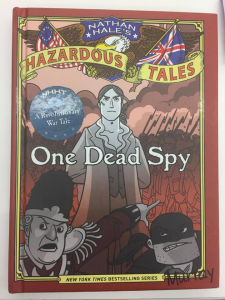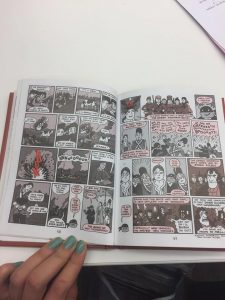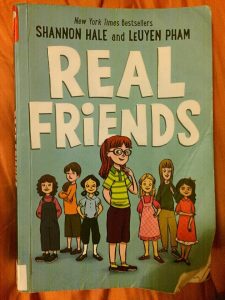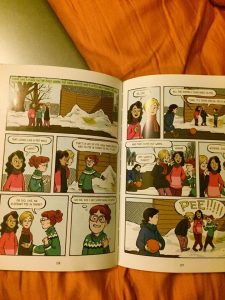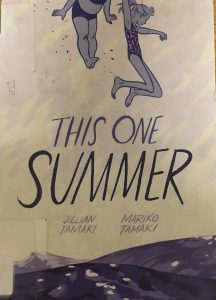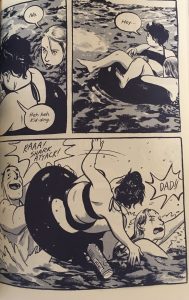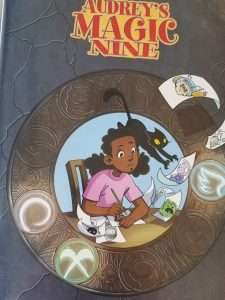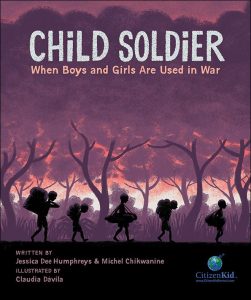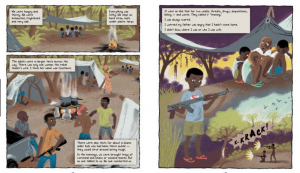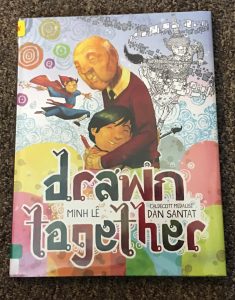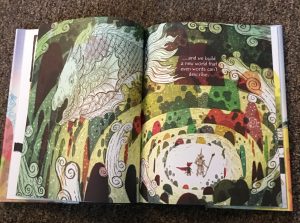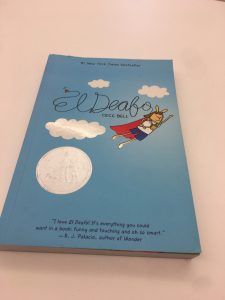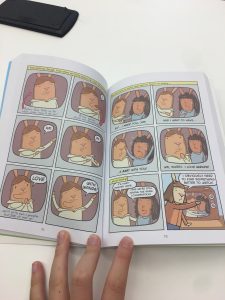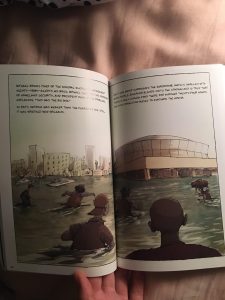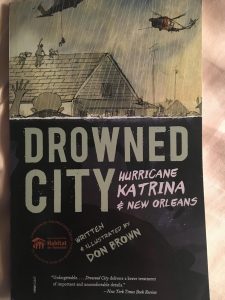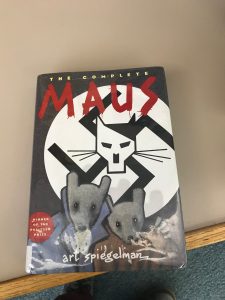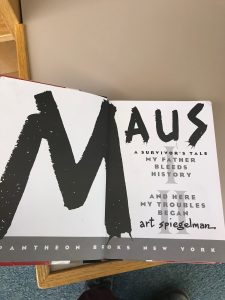Title: Stitches
Author(s): David Small
Illustrator/Photographer: David Small
Publisher and Year: W. W. Norton & Company 2009
Number of pages: 329
Tags: Graphic novel, Emotion, Family, Memoir, 4-5, 6-8, Joe Marras
Genre: Graphic novel, Memoir
Descriptive Annotation: This graphic novel starts with David as a child and he explains the forms of expression for his mother, father, brother, and himself. David’s forms of expression is drawing, which is obviously very fitting, and getting sick. David gets sick at a young age, which he later finds out was cancer and resulted in one of his vocal chords being taken out. Sharing this story in a graphic novel seems like the perfect way to do so because of how David likes to express himself and then not being able to talk very much because of the cancer. It is obvious that his family has communication issues, and they aren’t a close family. David has to face a lot of harsh realities all by himself because there is no love and support from his family, but he doesn’t let that stop him from finding eventual freedom.
Classroom Application: This story is very well expressed through illustrations. I think a story like this can show that graphic novels are a valuable way to express a story and learn. This story also shows the negatives of non-communication. David’s family does not communicate or express themselves to each other and that grew to resentment. It shows that communication is vital, which is a valuable lesson for young readers.
Linguistic and Cultural Diversity Analysis: I think that this story can open up a valuable discussion about how important communication is. David wasn’t able to express himself to anyone because they were not there for him to do so. They did not open that line of communication which can lead to resentment like it did for David to his mother whom showed him no love or affection. “Mama had her little cough… once or twice, some quiet sobbing, out of sight… or the slamming of kitchen cupboard doors.” (page 15) This set the tone of his mother being quiet and keeping to herself for the entire story. That was her sound, her expression, and she never strayed off of that too much. Another quote that really keeps the tone of non-affection and that shows the relationship that he and his mother had is on page 255, “I’m sorry, David it’s true. She doesn’t love you.” This comes from David’s therapist that he drew as the rabbit from Alice in Wonderland. It is just the brutal reality that David had to face that his mother does not genuinely love him and the only time she showed anything for him was when she found out he had cancer and she thought that he wasn’t going to make it. It’s terrible that he has to hear this, but this is really when it really gets brought home for David that it really is true.


